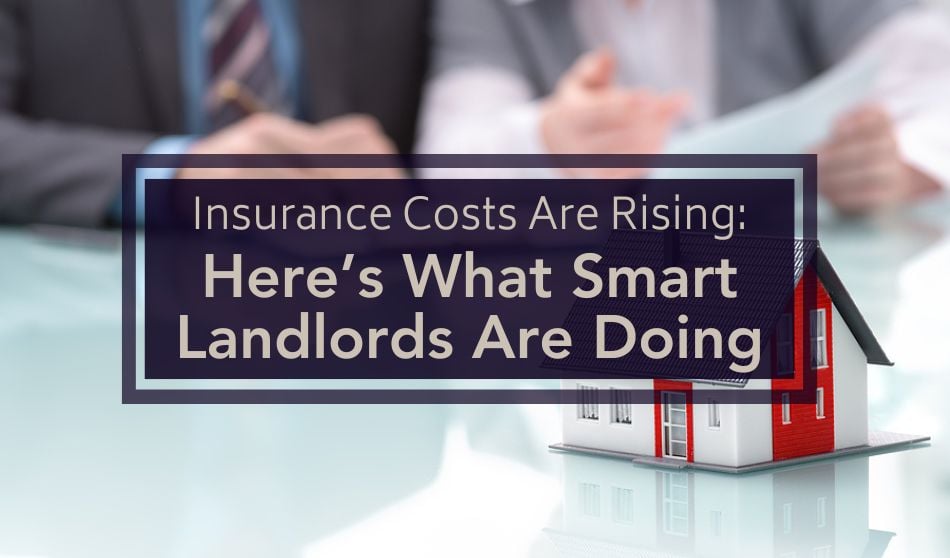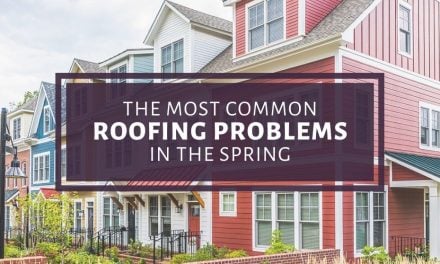
Rising property insurance costs pose a significant challenge for landlords, impacting profitability and operational expenses. Factors like natural disasters and property damages contribute to premium hikes, affecting landlords’ bottom line. Strategies such as preventive maintenance, technology integration, and insurance shopping tactics help mitigate these costs. Landlords should leverage property improvements, deductibles, and coverage options to manage expenses effectively, ensuring the financial health of their real estate investments.
Today, landlords face a significant challenge — rising property insurance costs. This trend is becoming a critical issue in the real estate world and understanding it is crucial for anyone interested in real estate properties.
Rising insurance costs can eat into profit margins, making effective management and budgeting more critical. This topic affects the bottom line and the strategies needed to maintain a profitable and sustainable property management business. Keeping abreast of these changes and learning how to navigate them is crucial to success in the dynamic landscape of real estate.
Overview of Rising Insurance Costs
The surge in insurance costs for landlords is primarily due to various factors, with natural disasters at the forefront. The increasing frequency and intensity of events — like hurricanes, floods and wildfires — have led to more insurance claims.
This uptick in claims puts pressure on insurance companies, who raise premiums to manage risk. The impact is even more evident, especially in areas prone to such disasters. For example, in hurricane-prone Florida, the situation is stark. Homeowners there often face annual insurance premiums of up to $6,000, about four times the national average. This sharp increase reflects the heightened risk and the financial implications of insuring properties in such high-risk zones.
Additionally, the increasing incidence of property damages fuels insurance costs. These can range from natural disaster-related damages to issues like vandalism or properties’ natural wear and tear. Insurance companies must recalibrate risk assessments as these events become more common and severe. Consequently, it leads to higher premiums for property owners.
Impact on Landlords and Property Managers
Increasing insurance costs significantly impact profitability and operational expenses for landlords. Higher insurance premiums directly reduce net income, as landlords must pay a fixed cost regardless of their property’s occupancy status or rental income. This squeeze on profits can be particularly challenging for smaller landlords or those with properties in high-risk areas, where insurance costs are disproportionately higher.
Moreover, landlords face the complex challenge of balancing quality insurance coverage with affordability. On one hand, skimping on coverage can lead to disastrous financial consequences in the event of significant property damage. On the other hand, opting for comprehensive insurance plans can result in prohibitively high premiums.
This balancing act is crucial as inadequate coverage could leave landlords vulnerable to unforeseen events, while overly expensive policies can erode the profitability of their real estate investments.
Strategies Landlords Are Employing
Preventive measures minimize risks and reduce insurance costs for landlords. Regular property maintenance is a crucial strategy in this regard. Landlords can routinely inspect and maintain their properties to prevent minor issues from escalating into significant damages.
Prevention includes ensuring the proper functioning of electrical systems, doing regular plumbing checks, and addressing structural issues promptly. Such proactive maintenance extends the property’s life span and reduces the likelihood of incidents that could lead to insurance claims, potentially lowering insurance premiums.
In the digital era, landlords increasingly use property management software to streamline their operations, including efficient management and cost tracking. These software solutions offer a range of functionalities, such as automated maintenance scheduling, expense tracking, and tenant communications management.
They provide landlords with a comprehensive overview of their properties’ condition and financial performance, enabling them to make informed decisions. Landlords can closely monitor maintenance needs and financial flows by using these tools, ensuring their properties are well-maintained and financially viable.
This technology integration optimizes property management and keeps insurance costs in check by maintaining properties in top condition and providing data-driven insights for financial planning.
Insurance Shopping Tactics
When comparing insurance providers to secure the best rates and coverage, landlords must approach the process methodically. Start by gathering quotes from multiple insurance companies.
It allows a side-by-side comparison of what each policy offers regarding coverage, exclusions, deductibles and premiums. It’s also helpful to look at customer reviews and ratings for insights into each insurer’s customer service and how they handle claims.
Consider a standard homeowners policy with hazard coverage, typically costing around $1,582 annually for a $350,000 property. However, rates vary widely based on location, property type and coverage specifics.
When reviewing policies, pay close attention to the coverage details to ensure they align with your needs. It’s not just about finding the cheapest option but the one that offers the best value — a balance of cost and coverage.
Negotiating with insurance companies can also lead to better deals. Feel free to discuss your needs and ask for discounts or adjustments. For example, you might get a reduced rate for installing security systems or bundling multiple properties under one policy.
Also, if you have a history of few or no claims, use this as a bargaining chip to negotiate lower premiums. Insurance companies value low-risk clients and may offer incentives to retain your business. The goal is to secure comprehensive coverage at a cost that makes financial sense for your property investment strategy.
Investing in Property Improvements
Upgrading properties with specific enhancements can significantly reduce insurance premiums, as these improvements minimize the risk of damage and loss. For instance, in Florida, properties with hurricane-resistant windows and doors can receive up to 45% discount on insurance premiums, given the high risk of storms in the region.
Other effective upgrades include installing advanced security systems — like alarms and surveillance cameras — and implementing comprehensive fire safety measures, such as smoke detectors and sprinkler systems.
These improvements ensure the safety and security of the property and convey a lower risk profile to insurance companies, which often translates into cost savings on insurance premiums. This strategy is a win-win for landlords, enhancing property safety and reducing operational costs.
Leveraging Deductibles and Coverage Options
Adjusting deductibles is a strategic way to influence insurance premiums for rental properties, where a higher deductible typically means lower premiums and vice versa. It’s crucial to consider this, especially since rental property insurance tends to be about 25% more expensive than standard homeowner policies, reflecting the increased risks associated with rentals.
When selecting coverage options, landlords must weigh their needs against potential risks, like property location and tenant turnover. The goal is to find the cheapest policy and balance affordability and comprehensive protection.
Managing Insurance Costs Through Proactive Measures
Informed decisions are paramount in effectively managing insurance costs for rental properties. Regular property maintenance, upgrading safety features and carefully selecting insurance coverage options impact the affordability and adequacy of insurance.
Landlords can significantly control operational expenses by avoiding potential risks and understanding the insurance market. These strategic actions ensure comprehensive protection and contribute to the long-term financial health of their real estate investments.




